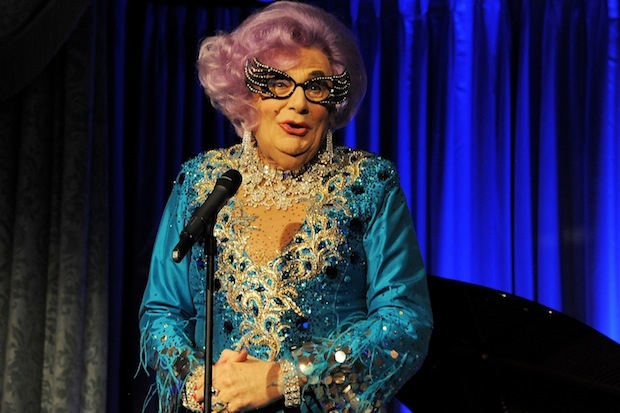In a comic-strip cartoon, beads of water apparently radiating outward from the head of one of the characters indicate embarrassment. Lines flying horizontally from a character, all in one direction and tailing off with distance, indicate rapid movement in the opposing direction.
Every western child knows this; but were you to show the cartoon to a Tuareg nomad in the Sahara, these ciphers — which are really more a form of hieroglyph than a depiction of any recognisable object — would be meaningless. Likewise in a film, cutting between scenes would totally confuse our Tuareg, who would wonder why we had apparently left one place and gone suddenly to another.
But we, who have absorbed these artistic conventions almost with our mother’s milk, hardly think about the fact that the film or the cartoon are not life as it might happen, but a specialised and stylised way of telling a story. Almost unconscious with us are the artistic conventions by which subliminally we translate the sounds and images presented to us on screens, in books and on the radio, into coherent tales of imagined reality.
Take Dame Edna Everage: fictional, yet living in our world. Only Barry Humphries’s particular genius and persistence could pioneer this genre, accustoming audiences to inventions who took on their own life and could join us offstage: a fictional character ‘living’ an often unscripted presence among us (you could even tour her suite at the Savoy; and she had her own interview series on TV). The roots of this fiction probably lie in pantomime, where essentially familiar characters appear in innumerable new situations. But I may have been almost alone, writing in the Economist in February 1988, in spotting that Barry Humphries’s creation was close to being a new art form.









Comments
Join the debate for just £1 a month
Be part of the conversation with other Spectator readers by getting your first three months for £3.
UNLOCK ACCESS Just £1 a monthAlready a subscriber? Log in